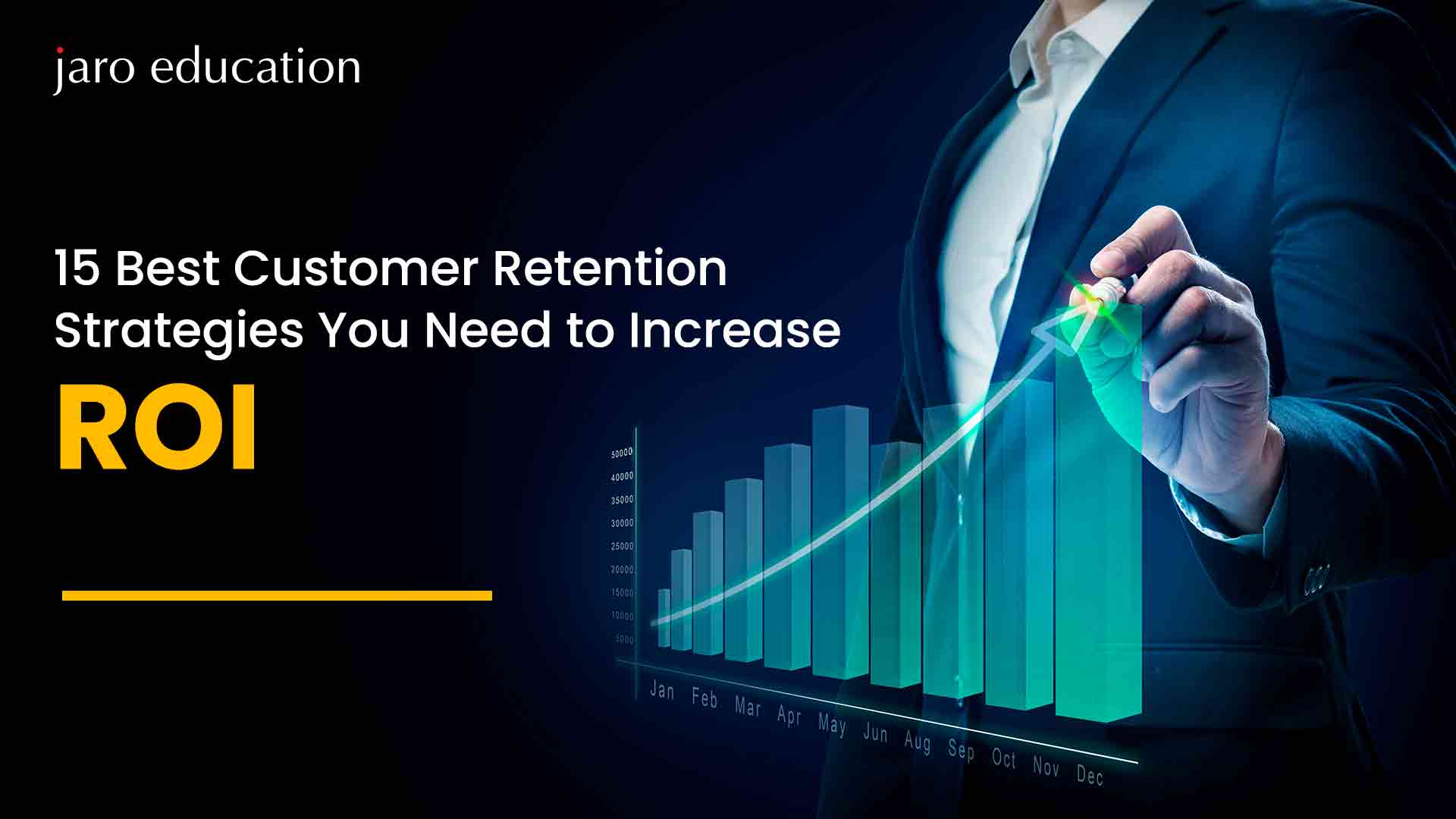
15 Best Customer Retention Strategies You Need to Increase ROI
In business, attracting new customers is essential, but retaining existing customers can be even more valuable. Why? Because loyal customers contribute more consistently to your revenue over time, have higher lifetime values, and are more likely to recommend your brand to others. Studies show that improving customer retention rates by as little as 5% can lead to profit increases of 25-95%! With numbers like these for the increase of ROI, having a solid customer retention strategy isn’t just smart—it’s a necessity.
*KylasCRM
Table Of Content
Building Strong Customer Relationships: The Key to Retention and Growth
1. Implement a Customer Loyalty Program
2. Personalize Customer Interactions
3. Provide Proactive Customer Support
4. Leverage Customer Feedback for Continuous Improvement
5. Offer Exceptional Post-Purchase Support
6. Engage Customers through Valuable Content
7. Utilize Email Marketing for Relationship Building
8. Celebrate Customer Milestones and Anniversaries
9. Create a Seamless Omnichannel Experience
10. Develop a Robust Referral Program
11. Foster a Community Around Your Brand
12. Offer Subscription Services or Replenishment Programs
13. Reward Social Sharing and Online Reviews
14. Empower Customer Service Teams to Go Above and Beyond
15. Use Data to Personalize Retention Strategies
Conclusion: Equip Yourself with the Right Skills for Effective Customer Retention
Frequently Asked Questions
Building Strong Customer Relationships: The Key to Retention and Growth
1. Implement a Customer Loyalty Program
2. Personalize Customer Interactions
3. Provide Proactive Customer Support
4. Leverage Customer Feedback for Continuous Improvement
5. Offer Exceptional Post-Purchase Support
6. Engage Customers through Valuable Content
7. Utilize Email Marketing for Relationship Building
8. Celebrate Customer Milestones and Anniversaries
9. Create a Seamless Omnichannel Experience
10. Develop a Robust Referral Program
11. Foster a Community Around Your Brand
12. Offer Subscription Services or Replenishment Programs
13. Reward Social Sharing and Online Reviews
14. Empower Customer Service Teams to Go Above and Beyond
15. Use Data to Personalize Retention Strategies
Conclusion: Equip Yourself with the Right Skills for Effective Customer Retention
Frequently Asked Questions




